Heritage Vila Real de Santo António
A contrast between the ancient heritage and the recent, Vila Real de Santo Antonio tells his story, his eyes fixed on the future.
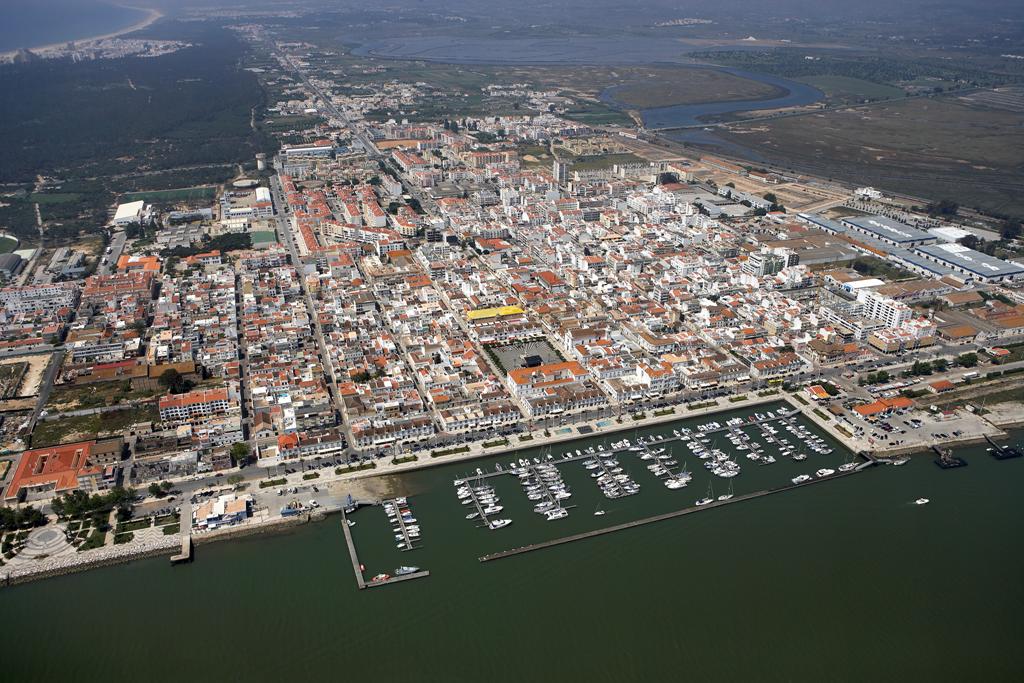
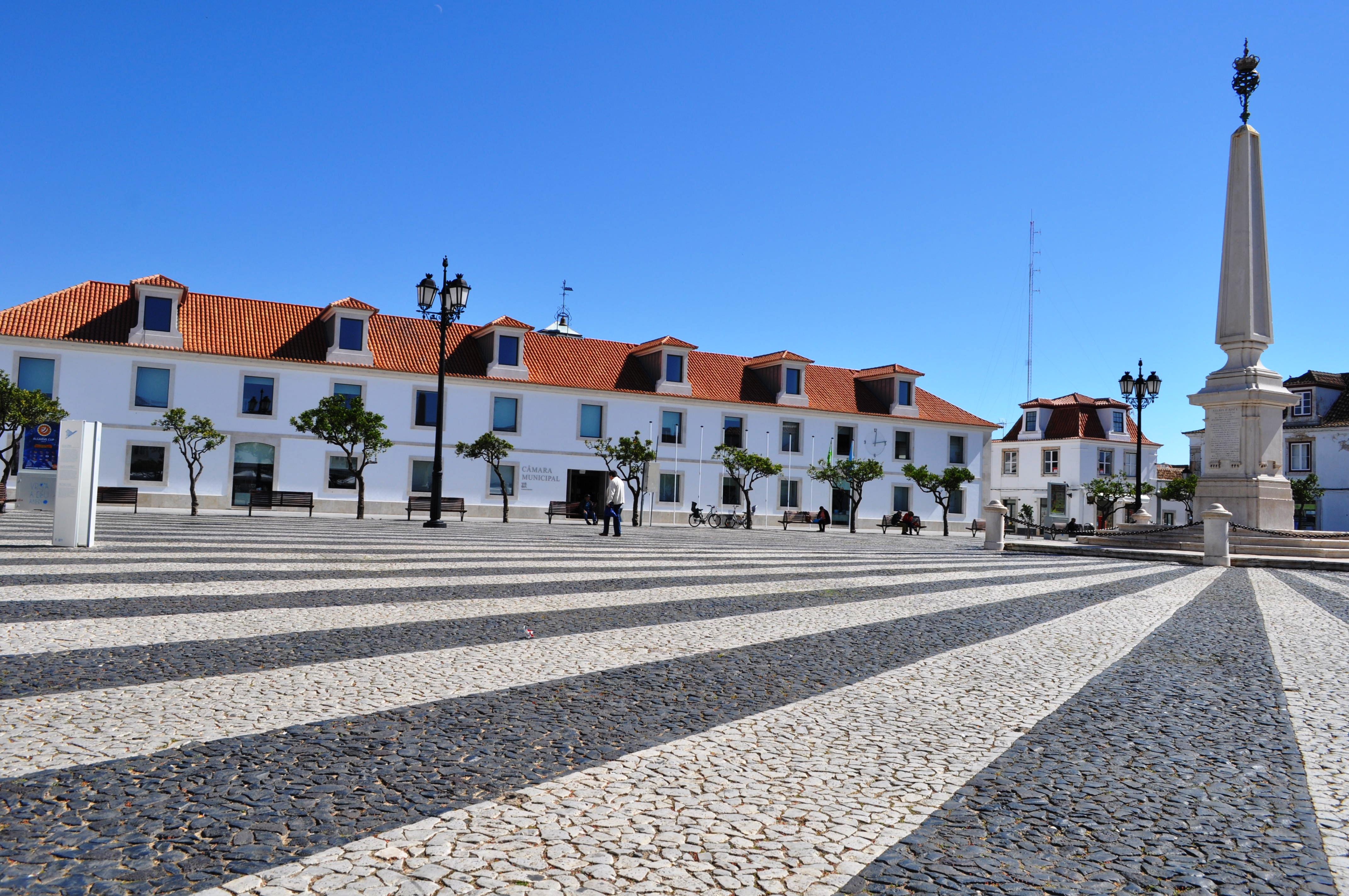
Historic City Pombalina – with a geometric design of the Pombaline urbanism that gave birth to the city, constituting today its main shopping area. The streets converge to the Marques de Pombal Square, with a central obelisk and four turrets pombalinos showed him the vertices, where are the buildings of the town hall and the parish church. In marginal Guadiana, the historic district is bounded by two towers, symmetrically distributed in relation to the Customs building.
Marques de Pombal Square – in the main square of the city, its design was designed by principal architect of the court, Captain Reinaldo Manuel dos Santos. Its four sides, now adorned with trees, under which the City Council has placed seats, make lovely square. In the center stands the famous Obelisk. In front, the north side, is the parish church. Earlier this square had the name of Royal Square, then called Square Trade, and currently, in the records of the City Council, has the name of Marques de Pombal Square, in memory of its founder.
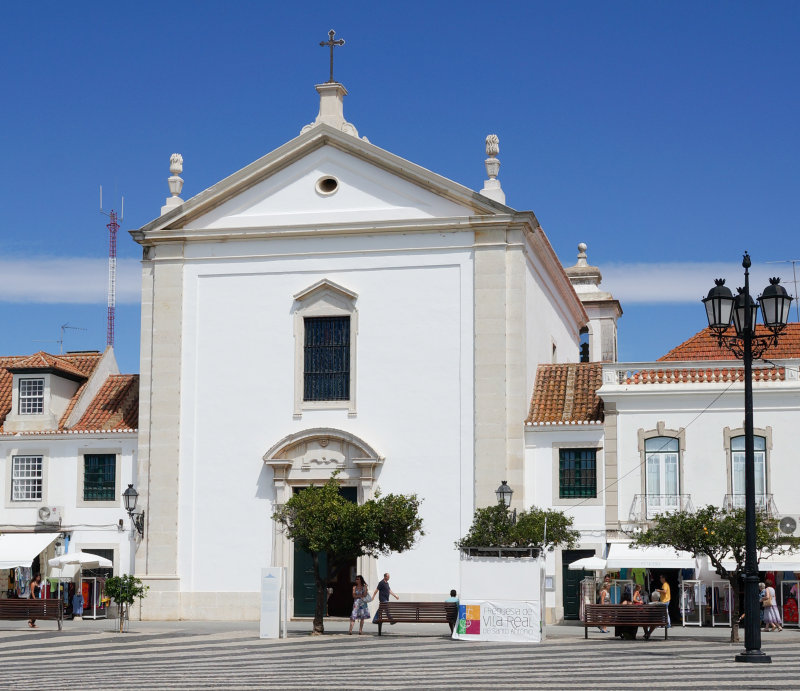
Mother Church of Nossa Senhora da Encarnação – built in the eighteenth century, it suffered several fires that have disfigured, but may have a good set of images of the eighteenth century, especially Our Lady of the Incarnation, by the sculptor Machado de Castro. The stained glass windows of the chancel and baptistery, installed in the 40’s, were designed by the Algarve Joaquim Rebocho painter.
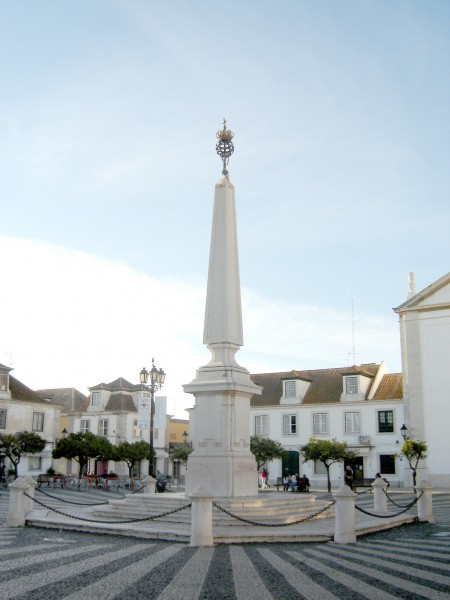
Obelisk – on the afternoon of May 13, 1776, the troops from Tavira, gathered around the Royal Square, strewn with flowers and joined the Obelisk stairs the trumpets, horns and more warlike instruments and musicians who played at the time the general José Francisco da Costa e Sousa, general captain of the Algarve kingdom, appeared at the House window and discovered the imperial crown on top the obelisk and its open run at the base, north side. This Obelisk was built in the center of the village square by the trade of fisheries. It’s a beautiful monument. It has since Obelisk the date of the year 1775, but was not exposed to the public May 13, 1776.
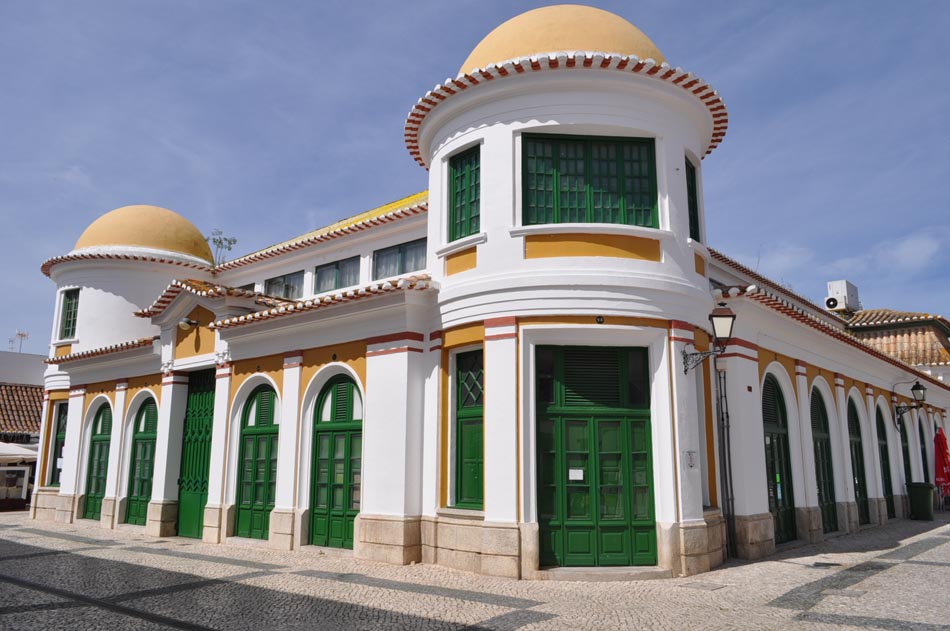
Cultural Center of António Aleixo – building that housed the military barracks, when the foundation of the village, was then transformed into vegetable market. It is currently a multipurpose space for cultural events and has the name of one of the most important popular poets of the country, born in Vila Real de Santo António.
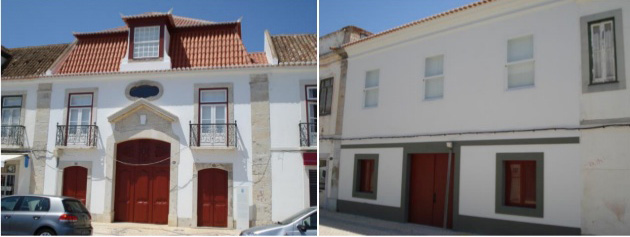
Customs House – the taxation of transactions with Spain to prevent smuggling, was the first reason for the building of Vila Real de Santo António. This used by the Tax Guard, no longer used in the 90s, following the Single European Market in 1992. Recently, Vila Real Santo António Chamber approved the preliminary draft on architecture to the rehabilitation of the building and its use by the Municipal Assembly.
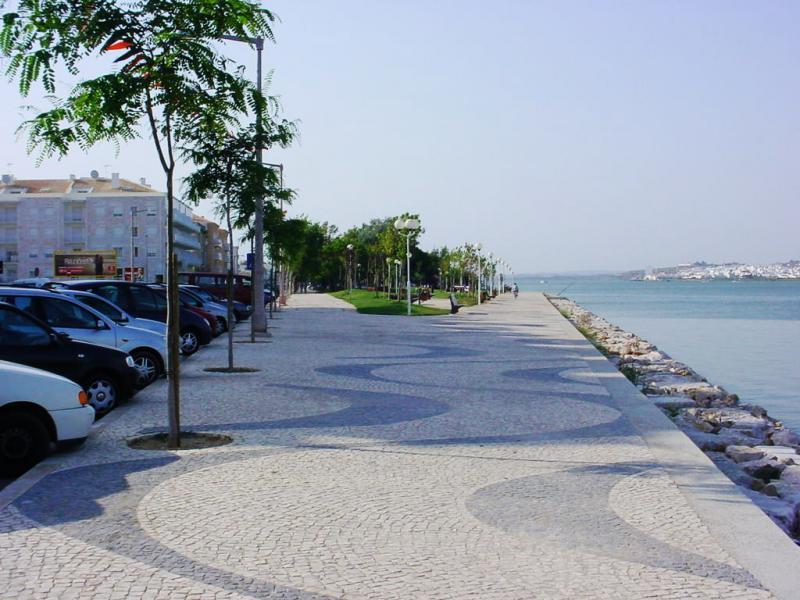
Riverside area – the Avenue of the Republic, it was built by noble houses of two floors and is facing Spain as a “challenge” it were. Built between the two towers to the north and south, they have set the companies and some individuals who came to populate the Pombaline Village.
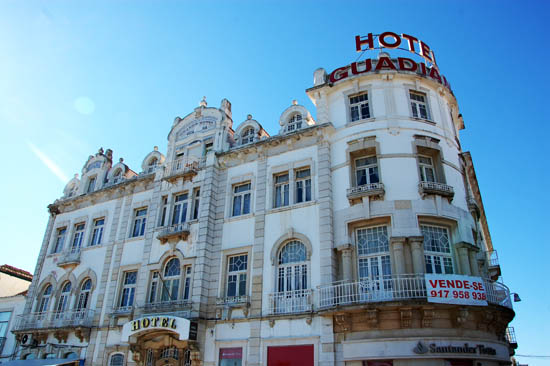
Hotel Guadiana – despite its construction saw disparaged Pombal moth, the work of architect Ernesto Korrodi in style “Art Nouveau”, officially opened in 1926, he gave the Republic Avenue more an attractive architectural beauty.
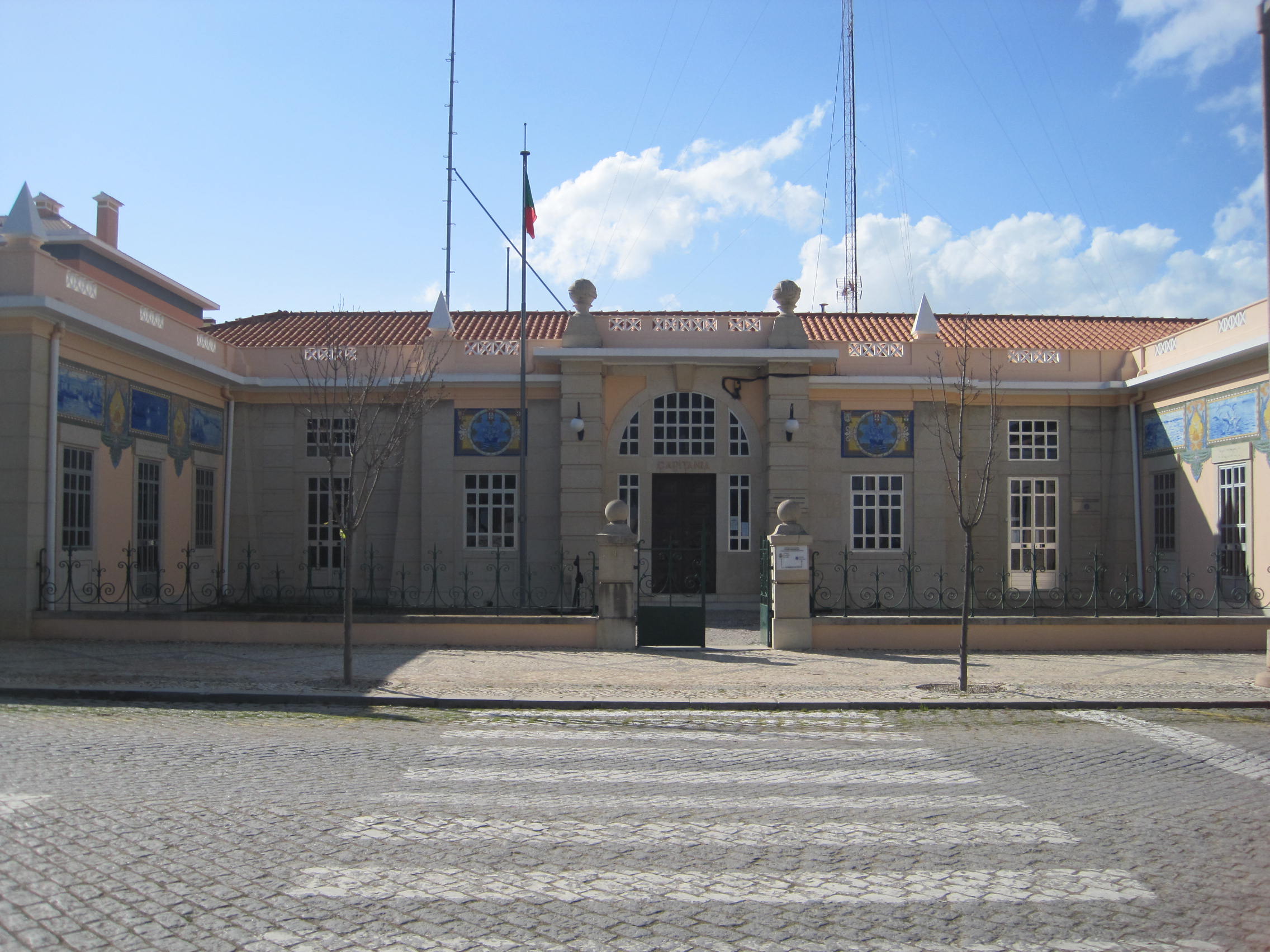
Captaincy – built on the site where before existed Victoria cannery. Currently it is richly decorated with narrative tiles panels.
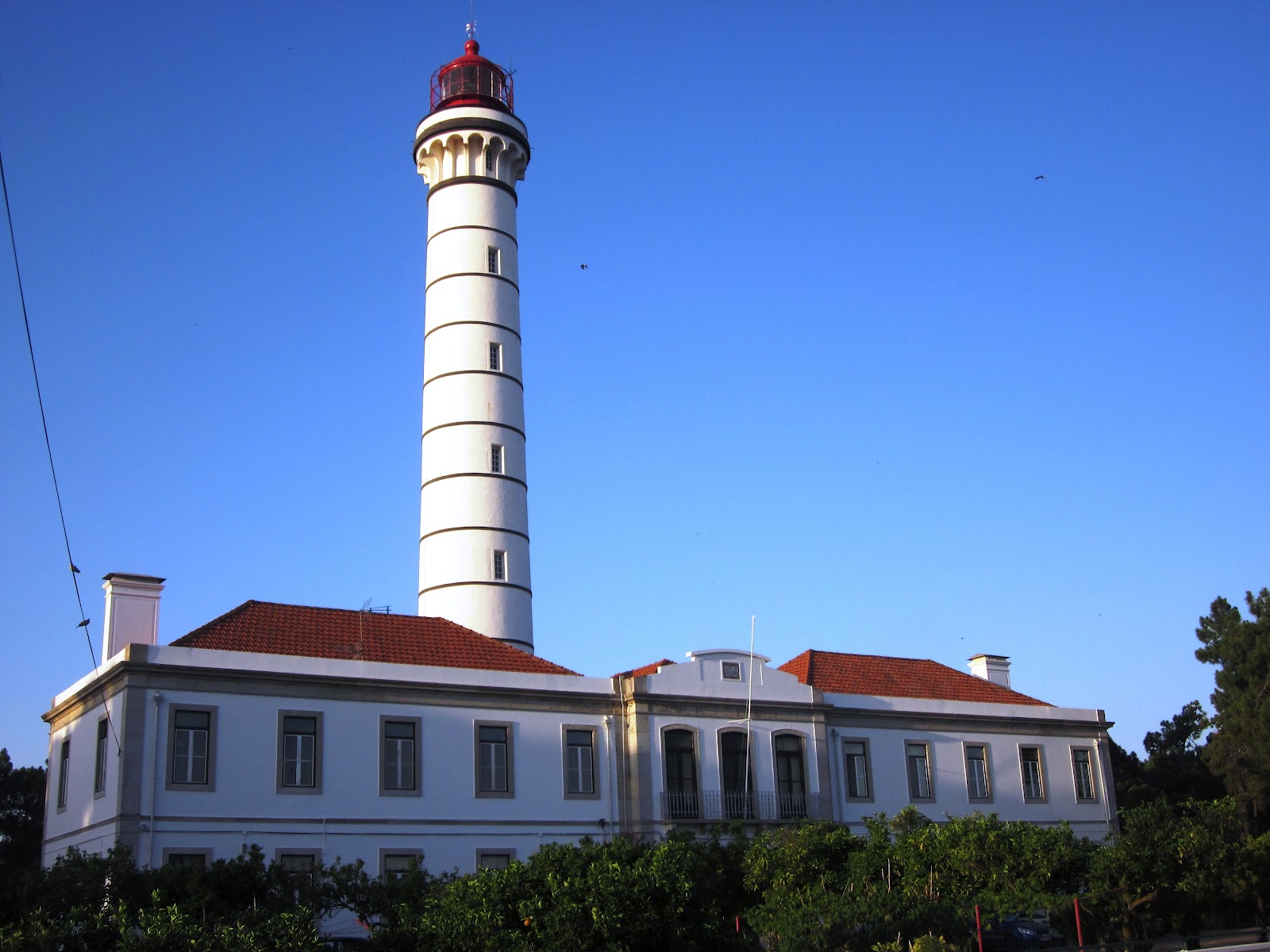
Lighthouse – erected in 1923, it replaced the old “iron Farolinho” which stood in the middle of the woods, southeast of that. It can be visited every Wednesday at 15h00 and 16h00.
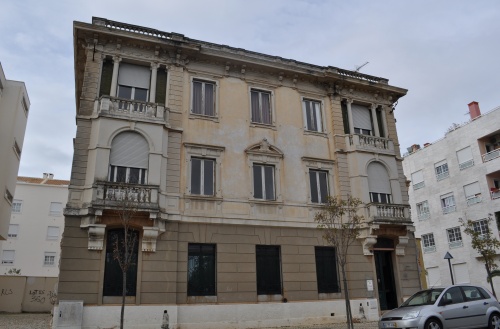
House Parodi – the current Regional Conservatory Vila Real de Santo António, this residence house Parodi family also built the first cannery in 1879.
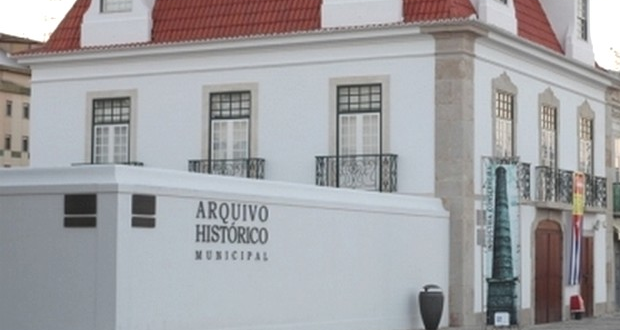
Municipal Historical Archives – South Turret, Building which houses the Municipal Archives, was the southern boundary of the village facade in its original layout. This is one of the most important architectural elements of the historic district of Vila Real de Santo António, being recovered and restored according to the original design, making it one of the most precious and beautiful historical documents. In one of the first floor rooms is the Manuel Cabanas Gallery with a collection of woodcuts produced by the artist cacelense.
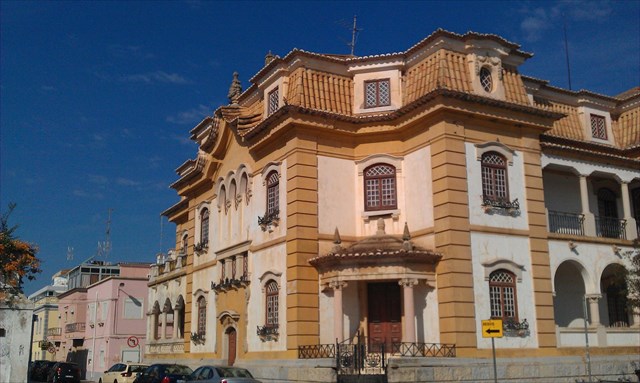
House of Folques – the old building Ramirez was later acquired by Folques family, was designed by architect Raul in 1926.
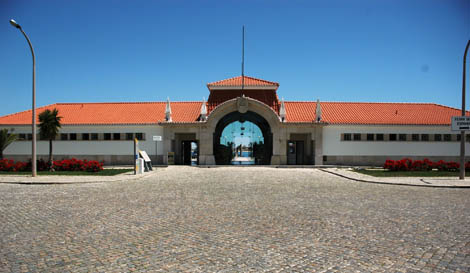
Police station PSP – particular building built by order Rodrigo Aboim in the early twenties of the last century. This became later the headquarters of the delegation of the Bank of Portugal in Vila Real de Santo António.
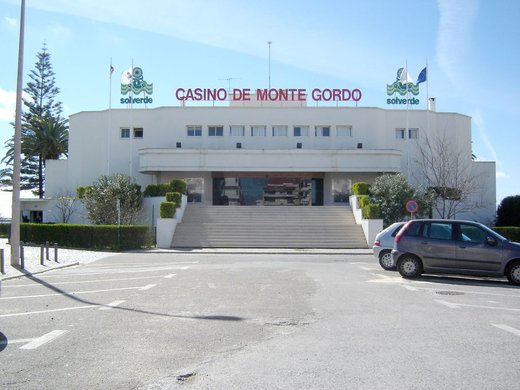
Casino of Monte Gordo – in 1934, replaces the primitive, the Casino Peninsular, that it was within walking distance, and subsequently renovated several times.
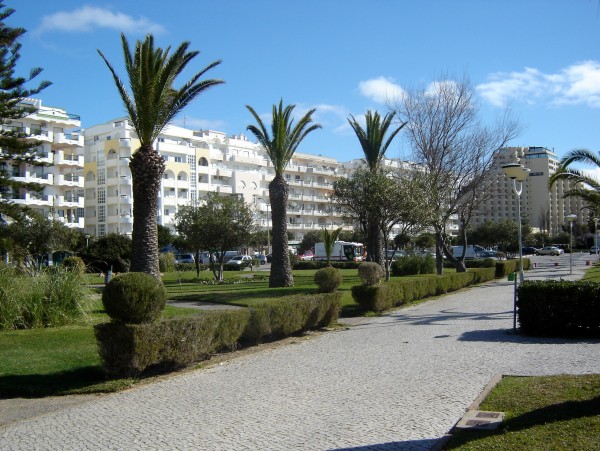
Infante D. Henrique Avenue – the pedestrian promenade, with a wide promenade closed to car traffic allows quiet walks on the sea front.
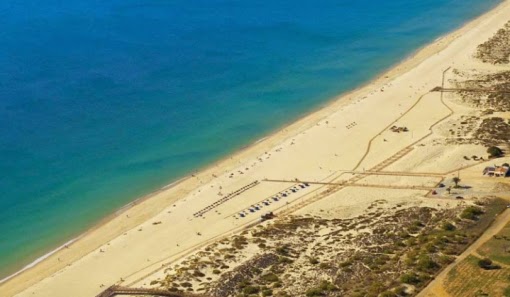
Manta Rota – between the Guadiana estuary and the beginning of the Ria Formosa, this includes a 12-kilometer beach is one of the most extensive in Europe. With a framework that allows you to enjoy hot water and a unique microclimate, with dunes and leafy vast pine almost kiss the sea, which make Manta Rota one of the most popular beaches of the Algarve east, even before starting the sand dunes and islands.
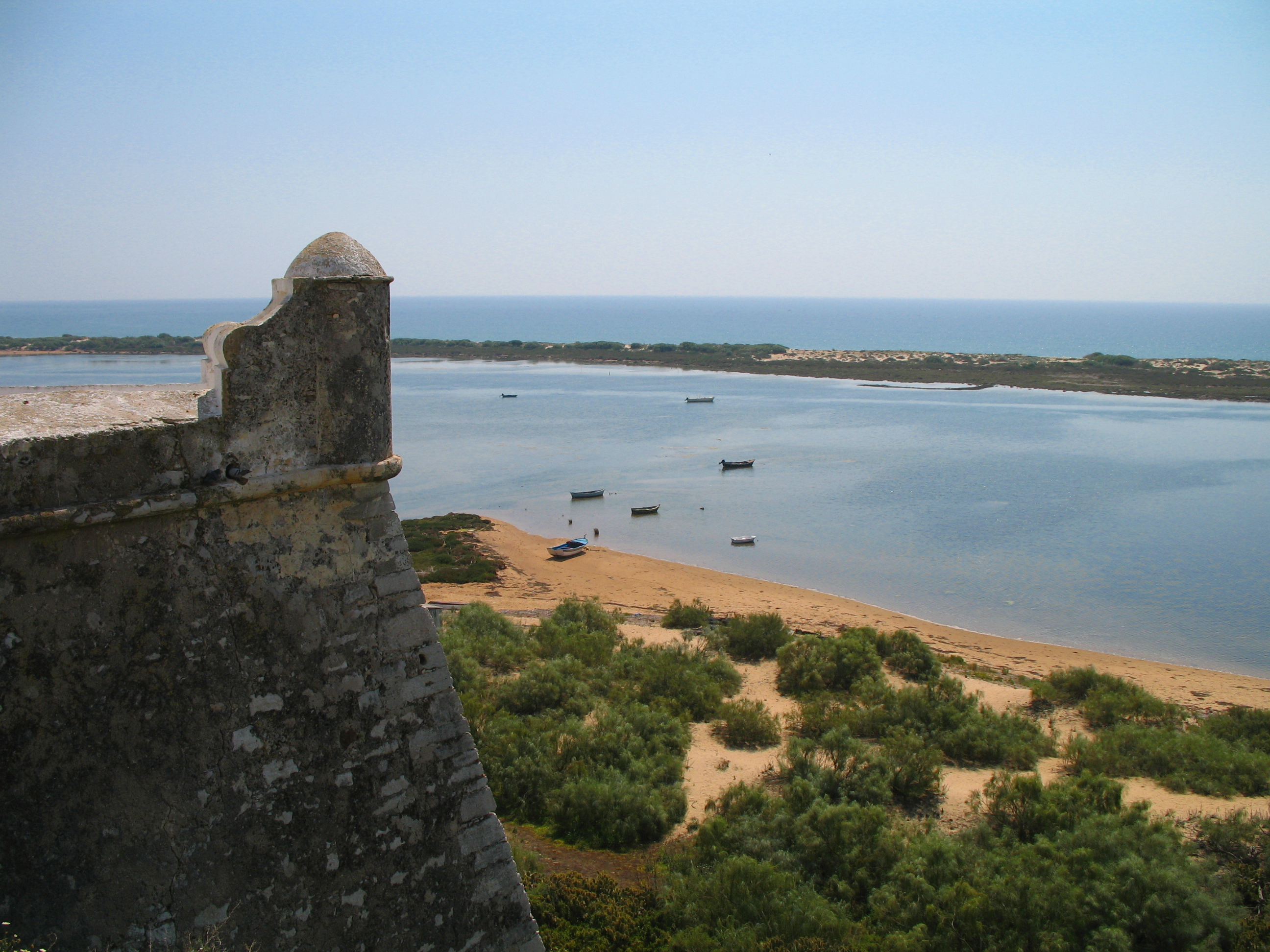
Old Cacela – one of the oldest areas of the County, the original seat of the current municipality of Vila Real de Santo António emonta, at least in terms of archaeological remains, the Roman and Arab time, although if you assign Phoenician origin. Inhabited by Romans, it was “villa” important linked to fishing and fish salting, that were found several tanks. In the Muslim occupation period we had a defensive rampart and after the Christian reconquest it was a town with a Charter granted by King Dinis in 1283. Currently, Cacela Velha is a small village of farmers and fishermen, whitewashed single-storey houses, a magnificent view of the sea and the vast dunes of the Ria Formosa. Suppress the Public Interest credential from September 23, 1983.
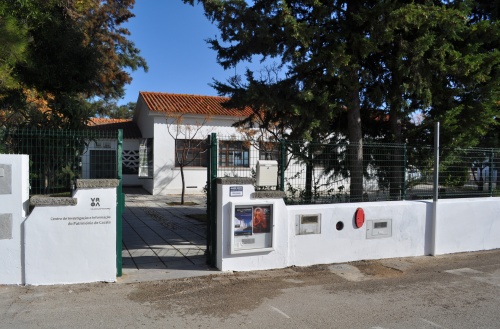
Museum Centre – in Old Cacela, it extends along the coast, between Manta Rota and Cacela Velha, is a place of intersection of routes History of hiding elements from different eras and the various civilizations that lived in this small town. Some examples are the ovens or Roman amphorae, one Almohad residential district of the twelfth and thirteenth centuries, or a Christian necropolis of centuries XIV to XVI. This area is in Vila Nova de Cacela parish, inhabited since the Neolithic period.
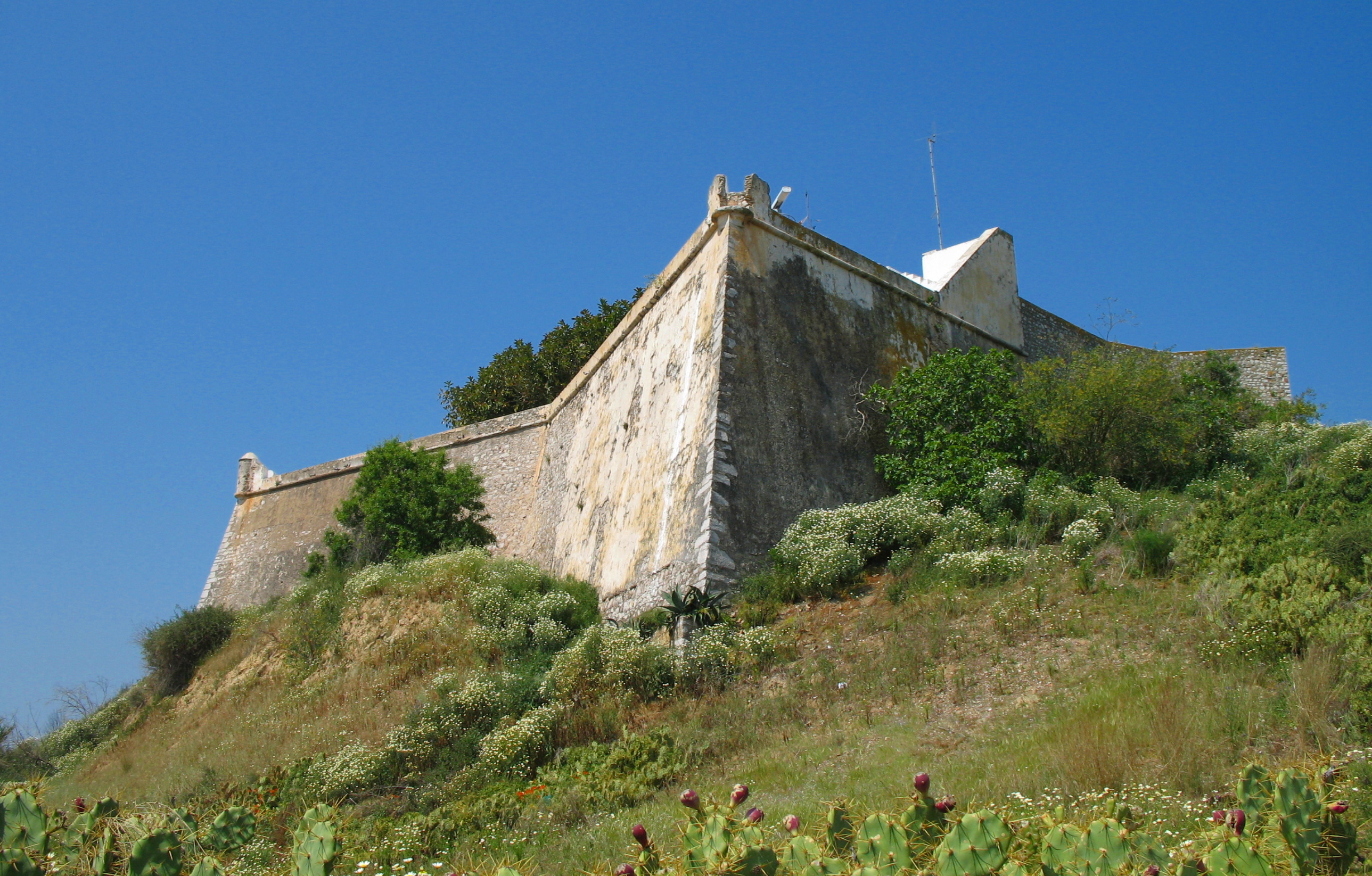
Old Cacela Fortress – a place that has seen spending almost all the great Mediterranean civilizations, probably enchanted by the beauty of the place.
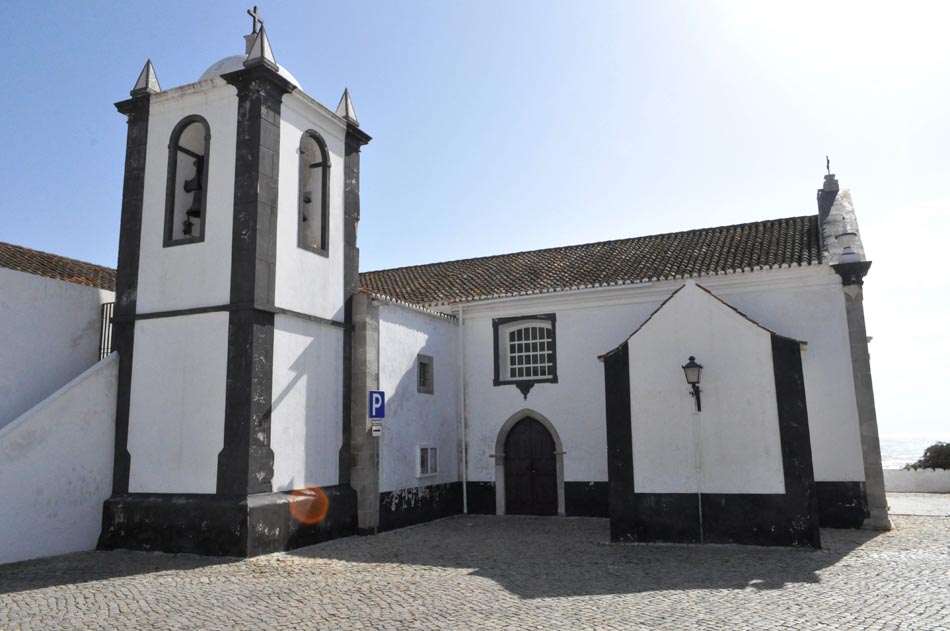
Church of Nossa Senhora da Assunção – in Old Cacela, this comes from the thirteenth century that preserves a small Gothic side portal. The current date of the sixteenth century church has undergone reconstruction in the eighteenth century. Gantry Renaissance style, with the busts of the apostles St. Peter and St. Paul and pilasters decorated. Inside three naves with pointed arches supported by columns with bases and capitals decorated with hemispheres and strings. Chapel of Our Lady of Martyrs with painted vault and a Renaissance arch. Image of Our Lady of the Assumption, the eighteenth century, and two Christs of the sixteenth century. The sacred treasure includes a processional cross in wrought iron decorated with figures.
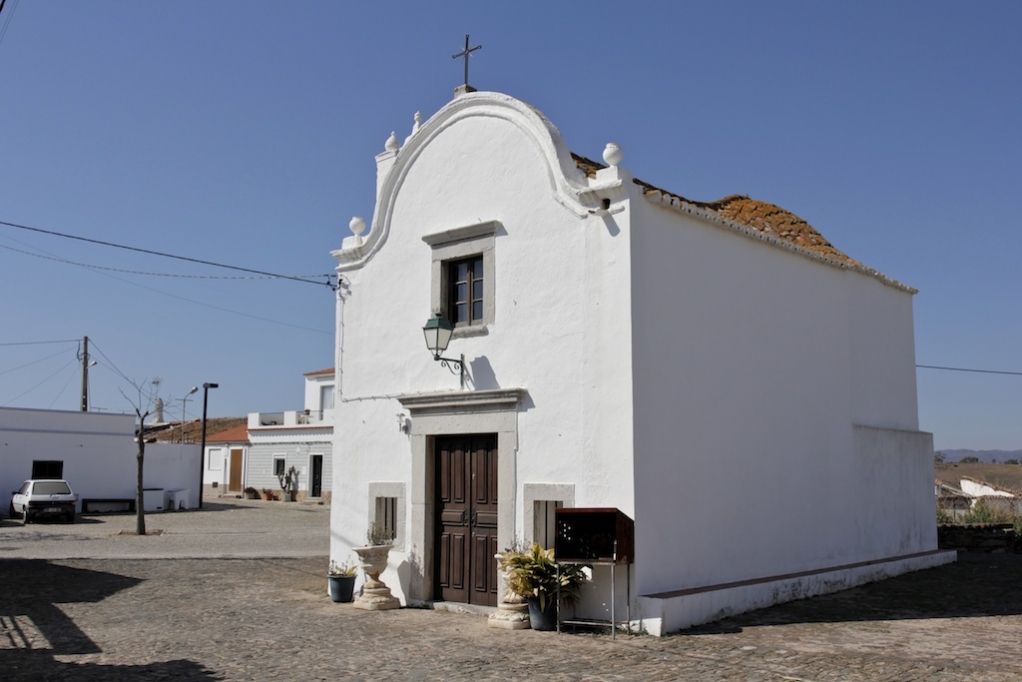
Nossa Senhora de Santa Rita Chapel – without a foundation date, it is known that it is quite old in the documentation which it refers. It has one altar where is placed the image of Santa.
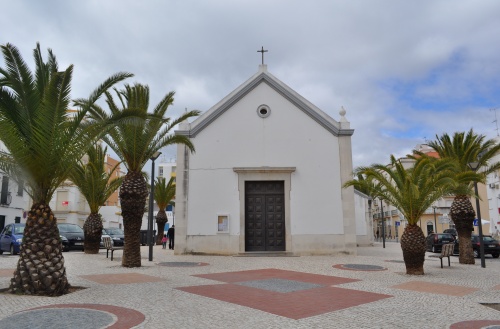
Church of Nossa Senhora das Dores – an ancient temple, possibly as old as the village of Monte Gordo. He has, in itself, remains of another church that soterraram sands.



